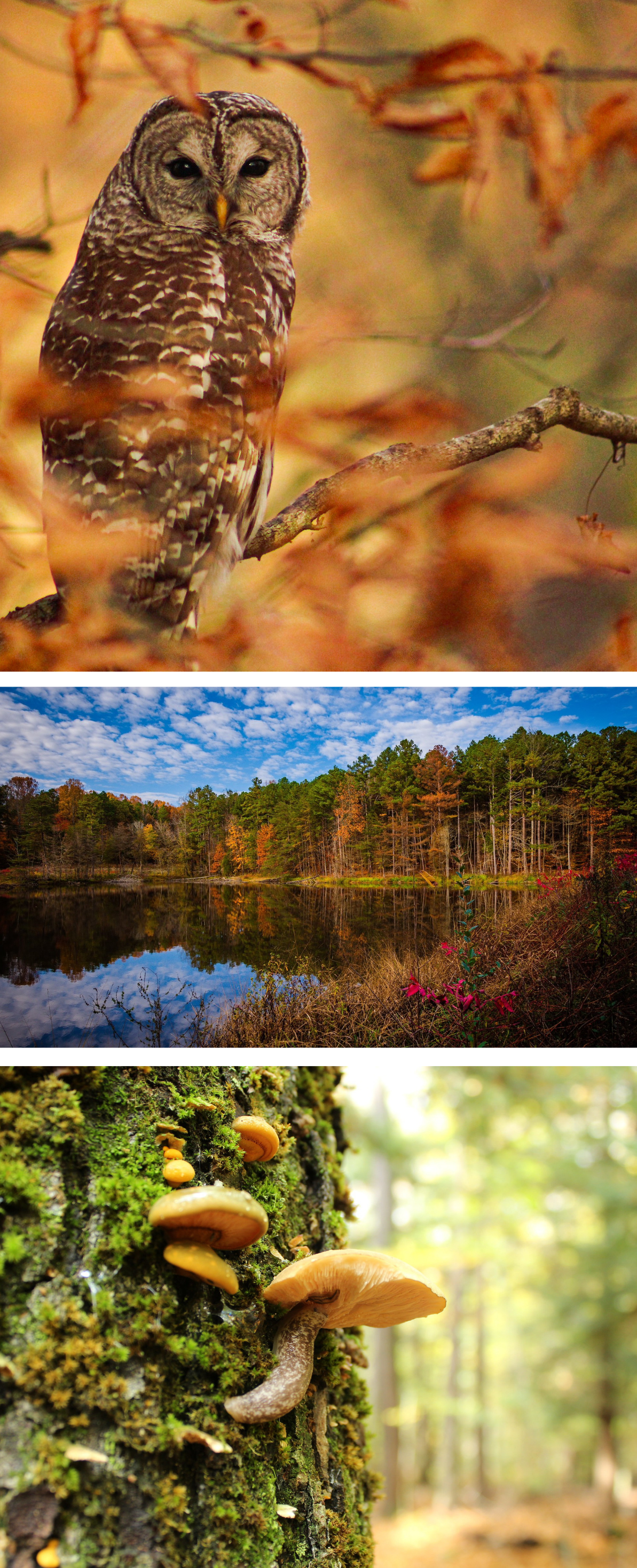
Guest post by the USDA Forest Service Eastern Region | This is a cross-post that also appears here on the USDA Forest Service’s website
Working hand-in-hand with state partners, the Forest Service created a summary report that identifies common themes across 21 state Forest Action Plans, providing a roadmap for collaboration and shared priorities for forests of the Northeast and Midwest through 2030.
Every 10 years, state forestry agencies develop individual state Forest Action Plans to assess forest conditions and guide the work of natural resource professionals to support healthy forests. Following the release of the 2020 state Forest Action Plans, the USDA Forest Service Eastern Region and Northern Research Station worked collaboratively with state forestry agencies and the Northeast-Midwest State Foresters Alliance to complete a comprehensive regional summary report for the 21 plans across the region. By identifying common themes — challenges, strategies and priorities — across the states and the District of Columbia, the summary report is a regional cross-boundary springboard for collaboration among federal, state and local partners.
Healthy forests are critical to the well-being of the 130 million people across the Eastern Region. They ensure clean water, wildlife habitat, recreation, jobs, forest products and carbon storage. Urban and community trees conserve energy and mitigate stormwater runoff. These benefits from forests don’t happen by chance. They require thoughtful, strategic work across boundaries. With 176 million acres of forests within the region — stretching from the Northeast to the Mid-Atlantic to the Midwest — we are all working together to safeguard these benefits now and for future generations.
Although state Forest Action Plans reflect each state’s unique conditions, there were 14 common themes identified through the summary process. These highly interconnected themes, which will guide collaboration and set priorities over the next 10 years, include:
- Communications and education
- Collaboration and partnerships
- Sustainable forest management of private lands
- Sustainable forest management of public lands
- Keep forests as forests
- Urban and community forest management
- Forest health
- Climate change adaptation and carbon management
- Clean water
- Wildlife habitat
- Wildfire and prescribed fire
- Forest products and markets
- Forest-based recreation
- Research, assess and monitor
An interactive web map was also created to help illustrate multi-state priority areas identified in the state Forest Action Plans alongside implementation boundaries for national programs and initiatives. Users are encouraged to explore the region’s priority landscapes and conservation efforts and identify opportunities for collaboration. The regional summary report and this web map viewer support both implementation of the state Forest Action Plans and our commitment to the partnership reaffirmed through the regional 2020 Shared Stewardship agreement.
Over the next 15 months, the Eastern Region will highlight the summary report, web map viewer and common themes with stories and features through the lens of our work with states, partners and private forest owners. Follow along, from March 2022 to May 2023, as we bring into focus the significance of the great collaborative work happening across boundaries in the region for the good of the forests and all who rely on them.
All of the resources linked above (plus more!) are accessible here on the Forest Service’s Region 9 website. Have questions? Reach out to Sherri Wormstead at sherri.j.wormstead@usda.gov.

